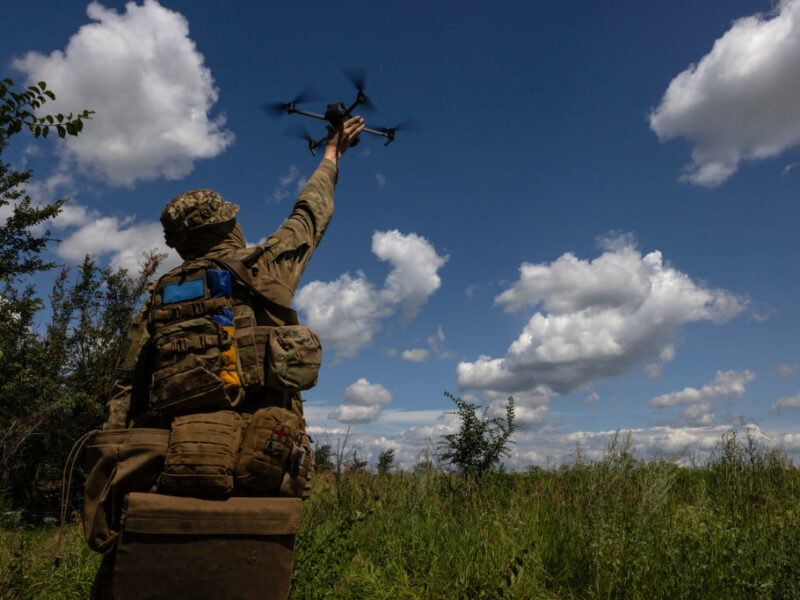TAMUG Ships Have Colorful History

Thousands of Sea Aggies from Texas A&M University at Galveston have earned their sea legs on different training vessels through the years, and several of those ships had colorful histories.
The latest version is the General Rudder, named June 6 for legendary Texas A&M graduate James Earl Rudder, who commanded the fabled Army Rangers during their scaling of Pointe Du Hoc on D-Day, June 6, 1944, on the French coast. Rudder went on to become president of Texas A&M from 1959 until his death in 1970. He is widely credited with taking the school to new heights, such as allowing women to attend the formerly all-male college and making membership in the Corps of Cadets voluntary.
These changes paved the way for Texas A&M to become the flagship university it is today with an enrollment of almost 50,000 and a research budget approaching $700 million.
The first ship used by Sea Aggies was the Texas Clipper, a 473-foot, 7,000-ton ship that began as a World War II transport ship called the USS Queens and ferried wounded troops injured on the battlefield, including operations in the Pacific during the battle at Iwo Jima. When the war ended, the ship got a different name and became the SS Excambion, serving as a luxury cruise liner and making frequent trips from New York City to the Mediterranean.
“The original ship had a rounded stern, like the fabled Clipper ships, and so the ship bore the name of the Texas Clipper,” says Stephen Curley, Regents professor of English at Texas A&M-Galveston who has written a book about the ship titled The Ship That Would Not Die. “Hands down, the first Texas Clipper is the most significant of all the ships because it trained Aggie cadets on 30 annual summer voyages.”
The Texas Clipper was eventually used by hundreds of Sea Aggies from 1965 through 1994 and served as a floating classroom around the world for students studying maritime sciences, oceanography and marine biology.
The ship was replaced by the Texas Clipper II, which had formerly been the USNS Chauvenet and was designed by the Navy to conduct hydrographic surveys. In 2005, The Texas Clipper II was replaced by the former USNS Sirius, which was later replaced in 2009 by the SS Cape Gibson. It left last year to join the Navy’s reserve fleet of ships near Beaumont.
The General Rudder began her career in 1983 as the USNS Contender, an ocean surveillance ship for the U.S. Navy and was designed to collect underwater acoustical data in support of Cold War anti-submarine warfare.
It later became the primary training vessel of the Merchant Marine Academy and acquired another name the T/V Kings Pointer. It would go on to travel more than 100,000 miles along waters off the East Coast, and it made international news on Oct. 31, 1999, when it became the first vessel of any kind to reach the crash site of Egypt Air Flight 990 off the coast of Nantucket Island.
The ship would go on to train hundreds of midshipmen and was eventually used by every branch of the armed forces before serving as the Department of Transportation’s official platform for the Tall Ships Parade held in 2000 in New York.
As for the original Texas Clipper, she is still educating and entertaining many Texans at least those who like life under the sea. The ship was made into an artificial reef in 2007 and now rests about 17 miles off the coast of South Padre Island.
It took 10 years and $4 million to prepare the ship as an artificial reef, where today numerous types of marine life dart in and out of the ship as it serves its purpose as an underwater playground for both divers and fish.
Media contact: tamunews@tamu.edu.





